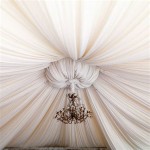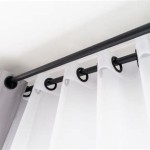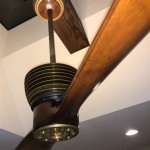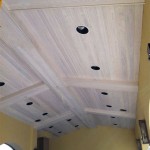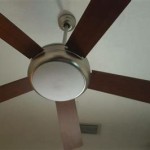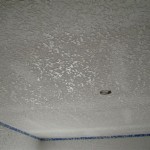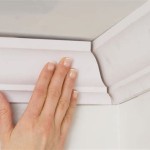Cathedral ceilings provide a unique and beautiful look to any home. Unfortunately, they can be a bit of a challenge when it comes to insulation. Fortunately, there are a few ways to ensure that your cathedral ceiling is properly insulated in order to keep your home warm and comfortable.
Where to Start
The first step in insulating your cathedral ceiling is to determine the type of insulation you need. Insulation for cathedral ceilings usually falls into one of three categories: fiberglass, cellulose, or spray foam. Each type of insulation has its own pros and cons, and it’s important to choose the right one for your needs.
Fiberglass Insulation
Fiberglass insulation is the most common type of insulation used in cathedral ceilings. It is relatively inexpensive, easy to install, and provides good insulation value. However, it can be susceptible to moisture damage, so it’s important to ensure the insulation is properly sealed and ventilated.
Cellulose Insulation
Cellulose insulation is made from recycled paper and is often used in cathedral ceilings. It is a more expensive option than fiberglass, but it provides better insulation value and is more resistant to moisture damage. It can also be installed more easily than fiberglass, making it a good choice for those who don’t want to spend a lot of time on installation.
Spray Foam Insulation
Spray foam insulation is a newer type of insulation that can be used in cathedral ceilings. It is more expensive than fiberglass and cellulose, but it provides excellent insulation value and is highly resistant to moisture damage. It can also be more difficult to install, so it’s best to hire a professional for this type of insulation.
Conclusion
Insulating your cathedral ceiling can be a challenge, but there are a few options available to ensure your home is properly insulated. Fiberglass, cellulose, and spray foam insulation are all viable choices, and it’s important to weigh the pros and cons of each type in order to determine the best option for your needs.














Related Posts

